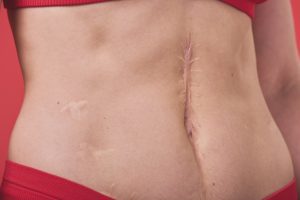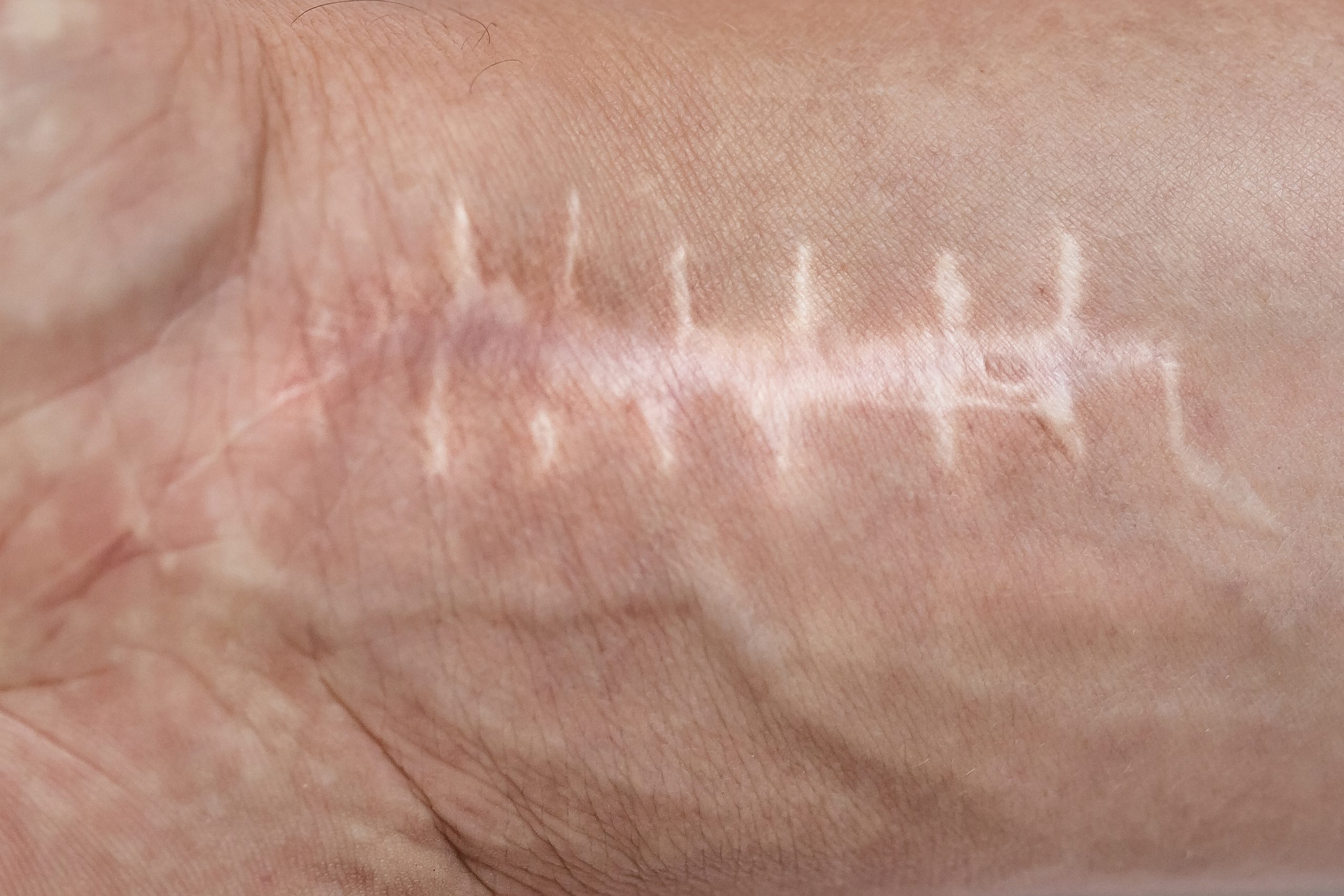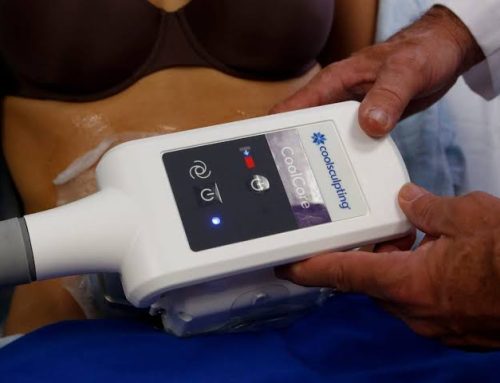Introduction
Scars, while often serving as a testament to our body’s remarkable ability to heal, can sometimes be sources of discomfort or self-consciousness. Fortunately, scar revision surgery offers a solution to individuals seeking to improve the appearance and minimize the impact of scars. In this article, we will delve into the world of scar revision, exploring what it entails, who might benefit from it, the various techniques involved, and what to expect in terms of recovery and outcomes.
What is Scar Revision Surgery?
Scar revision surgery is a medical procedure designed to diminish the appearance of scars resulting from various causes, such as injuries, surgeries, or skin conditions. The primary objective of this surgical intervention is to bring the scar closer in texture and color to the surrounding skin. While it cannot entirely eliminate a scar, it can significantly improve its aesthetic and functional aspects.
Is Scar Revision Surgery worth it?
The worthiness of scar revision surgery depends on individual circumstances. If a scar causes physical discomfort, self-esteem issues, or functional limitations, scar revision can be highly beneficial. However, for mild or inconspicuous scars, the decision may vary. Consulting with a specialist can help determine if the procedure aligns with one’s goals and needs. Ultimately, scar revision can significantly improve the appearance and quality of life for those seeking to address bothersome scars.
Should I get Scar Revison Surgery?
Scar revision surgery is a valuable option for anyone who has an unwanted scar. Common reasons for seeking scar revision include:
- Acne Scars: Acne can leave behind visible scars on the skin, affecting one’s self-esteem and confidence.
- Burn Scars: Scars resulting from burns, whether due to accidents or medical procedures like radiation therapy, can benefit from scar revision.
- C-Section Scars: Women who have undergone a cesarean section (C-section) may opt for scar revision to improve the appearance of their surgical scar.
- Cleft Lip Repair Surgery: Scar revision can enhance the outcomes of cleft lip repair procedures, ensuring that the scar blends seamlessly.
- Cosmetic or Reconstructive Surgery: Individuals who have had cosmetic or reconstructive surgery may seek scar revision to refine the appearance of surgical scars.
- Piercing Scars: Scars caused by piercings, such as those from body piercings or earrings, can be addressed with scar revision techniques.
- Skin Infections: Scars resulting from skin infections can be reduced in visibility and improved through surgical intervention.
- Traumatic Injuries: Scars stemming from accidents or injuries can be a source of distress, prompting individuals to explore scar revision options.

What are Scar Revision Surgery methods?
Scar revision techniques encompass a range of approaches, each tailored to address specific scar characteristics. These techniques may include:
- Topical Treatments: These treatments involve applying medications or dressings directly to the skin’s surface. They are often used for mild or newly formed scars and can include polyurethane dressings, pressure therapy, silicone gel, and vitamin-based creams.
- Injectables: Injectable treatments involve the direct injection of various substances into the scar tissue. Corticosteroid injections, 5-FU or bleomycin injections, cryotherapy, and dermal fillers are examples of injectable treatments.
- Skin Resurfacing: Skin resurfacing techniques aim to remove the top layers of skin, revealing smoother and healthier skin underneath. Methods such as chemical peels, dermabrasion, dermaplaning, light or laser therapy, skin bleaching, and microneedling fall under this category.
- Surgery: For more extensive or severe scars, surgical scar revision may be necessary. Procedures like Z-plasty, W-plasty, and skin grafting can reshape and improve scar appearance. Surgery is often employed when scars cause physical discomfort or functional limitations.

How long does it take to recover from Scar Revision Surgery?
Recovery following scar revision varies depending on the chosen technique. Topical treatments typically require several months for noticeable results. Injectable treatments may necessitate multiple sessions for optimal outcomes. Surgical scar revision may have a recovery period ranging from weeks to months.
It’s crucial to set realistic expectations for scar revision outcomes, as the goal is not to completely eliminate the scar but to enhance its appearance and functionality. Consulting with a skilled surgeon specializing in scar revision is essential to determine the most suitable approach for individual needs.
Conclusion
Scar revision surgery offers hope and confidence to those burdened by unwanted scars. By understanding the diverse techniques available and the suitability of each for various scar types, individuals can make informed decisions about pursuing scar revision. Whether addressing the aftermath of acne, burns, surgical procedures, or traumatic injuries, scar revision surgery empowers individuals to reclaim control over their skin’s appearance and, in turn, their self-esteem.
Disclaimer: The content on this blog is intended for general informational purposes only. It is not a substitute for professional medical advice, diagnosis, or treatment. Always consult qualified healthcare providers for personalized advice. Information regarding plastic surgery, dental treatment, hair transplant, and other medical procedures is educational and not a guarantee of results. We do not assume liability for actions taken based on blog content. Medical knowledge evolves; verify information and consult professionals. External links do not imply endorsement. By using this blog, you agree to these terms.










